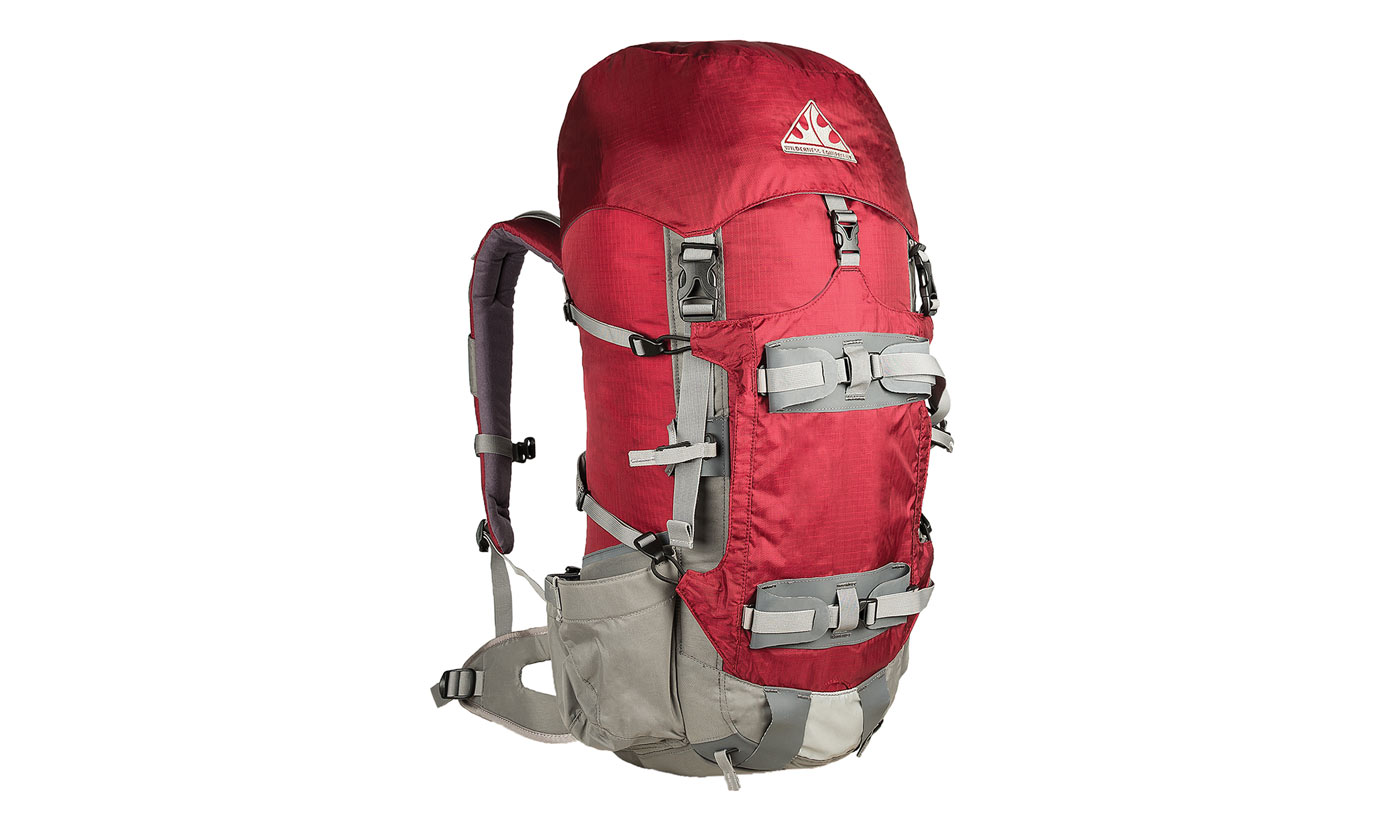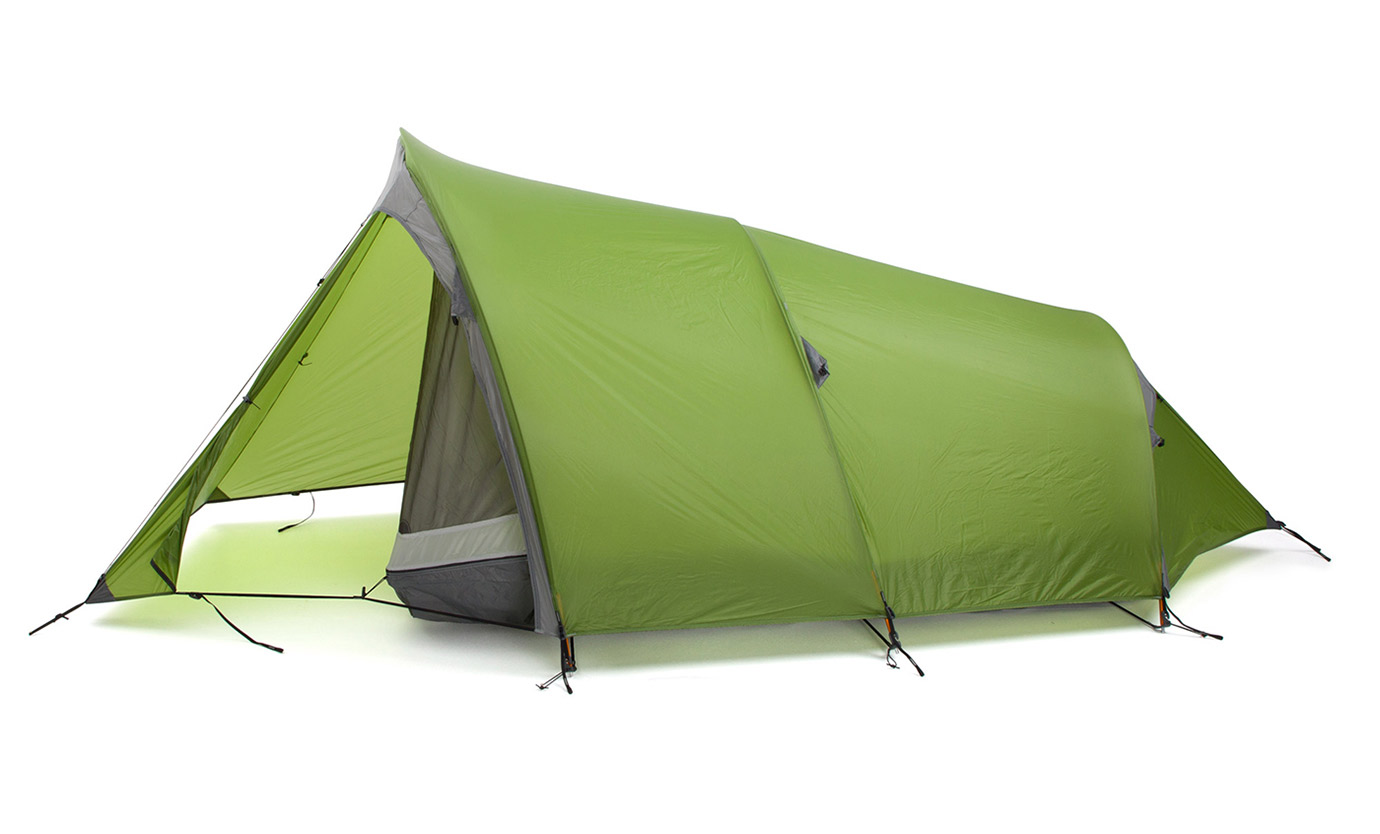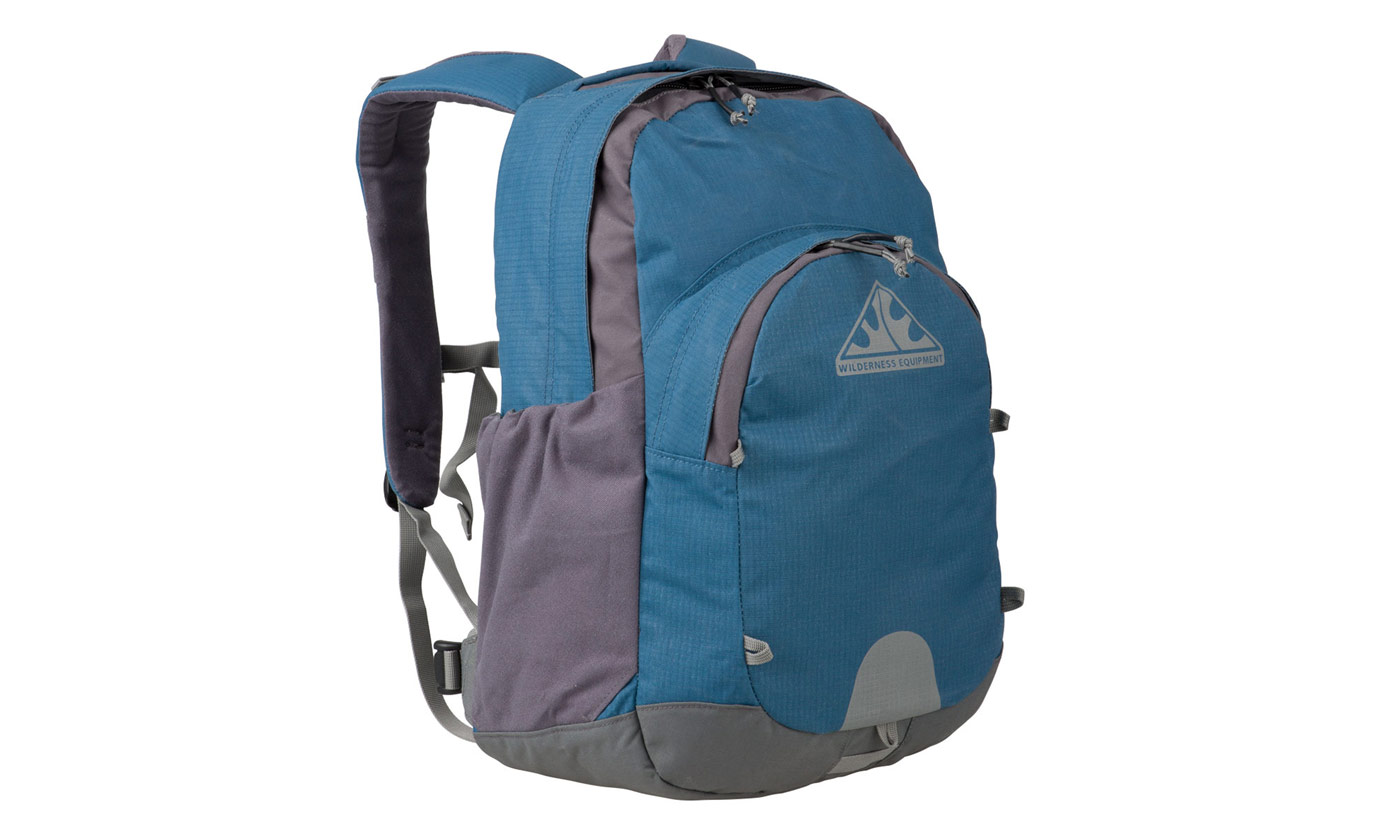- Discover
- Broome To Wyndham Day 25 Approaching Cape Londonderry
Broome to Wyndham - Day 25 - Approaching Cape Londonderry
-
As I looked out on Cape Bougainville I was overcome by an excitement, a sense of place that runs deeply back in my experience.
I'm a little worried about my obsession with the forms of this coastline and the land beyond it. My self-imposed obligation to photograph this journey, in a way that might make our travels here of interest to others, seems to have dulled my other senses. I hear birdsong and the lapping of the waves, I smell the sea and the sweet spinifex resin and I bath in warm pools and go barefoot over the rock but I am not making notes on their influence. Can I now sense only light and form?
Since rounding the basalt headland of Cape Voltaire two days ago we have travelled into a new world. The verticals have fallen and we are back in that vast flatness becoming of most of this country. I should instead say that we have re-entered the old world because, if one takes a simple view of the horizon this is, most definitely, a flat Earth. Everything of real interest lies scattered across the horizontal plane, held closely to it and at distances that yield so slowly we wonder at times about our progress. When the sea is glassy, as it often is, these slithers of the Earth’s crust appear to rise up just a little to hover on a shimmering silver line. A weightless blue sky stands over all, but its emptiness is so absolute the land brings almost nothing that might challenge it.
Part of this illusion comes from having left the prominent sandstone headlands and fractured, cliffy coast behind. Neither is there any elevated basalt here. We have also left the huge tides of the West Kimberley and the wide, dark stain on the rocky coast that bears constant witness to their full range, something which could, on its own, hold one’s attention to the vertical dimension.
Another part of our two-dimensional illusion comes from the lowness of the flat-top hills behind the long sandy beaches, something we haven’t seen since Cape Leveque. The sparse stubble of eucalypts that crowned the earlier sandstone headlands and ridges, allowing the hard face of the land to be seen beneath them, has been replaced by a smooth blanket of vegetation. Near the shore and on sandy spits this blanket is mostly spinifex and low heath, the mangroves now limiting themselves to infrequent tidal creeks. Further inland the vegetation becomes taller scrub, and in gullies and sheltered hollows, thickets of small trees. Rarely do rocky outcrops appear and, where they do, they are no more than low, stony fingers reaching out to the shore from under the tree cover. The line between land and sky has become almost featureless. I have seen just a single palm raise its head.
I look far out to the south, across the water and up over the distant shoreline. I can see a small conical hill rising above the low plateau of the middle distance, and a higher, flat-top hill out to the west of it. They demand my attention. I wonder about locating them on our maps, discovering their names, but quickly realise their insignificance to anyone but myself. Giving them names would be like naming a sand dune in the Sahara.
This afternoon, lightly smothering all as we head towards Napier-Broome Bay, is the smoke, an unwelcome consequence of the seasonal bush burn-off up here. It softens silhouettes and blurs any detail that the eye might otherwise latch onto. It turns photographs blue, as if there isn’t enough of that already. There is but one benefit from this smoke screen, although I hesitate to draw any parallel to mountains in this context. Yet, as haze does for the long view across mountain ridges, the layers of smoke density here bring a distance perspective to the successive headlands ahead and behind, a perspective that would not exist without it.
Out to sea the islands somehow appear even flatter than the mainland; thin, white shell and coral grit beaches and the same even covering of vegetation. They appear much further away than they really are.
A breeze has just sprung up on our seaward beam and our crossing to an anchorage in the shelter of Sir Graham Moore Island has become a little boisterous. For the first time in almost four weeks I feel we are back at sea. The yacht is pitching, an almost forgotten motion, and to seaward the horizon is an unbroken line. It must be quite shallow here. Six metres under the keel I am told. The shallowness extends far out from these low shorelines, just as deepness often ran up to the cliffs we have left behind. There are reefs and sandbanks, and thin white bars of breaking swell. They force us further offshore and add weight to the idea that on this stretch of low, convoluted coastline, the land is giving up and sinking into the Timor Sea.
At first glance my camera lens seems deprived of subject matter. It is true that we wait in anticipation for every dawn and sunset - for up here they are simply spectacular - but they are short-lived and one must look beyond these moments to fairly represent this country. Reduced to their real impact the sunrise is but a harbinger of the heat to follow and sunset the promise of, hopefully, less. A photographic sprinkling of these images needs to be consciously diluted with what I can find in a land heavily drenched in bright light for almost all the hours of the day. It is the relentless heat and humidity that actually saves me. On some days clouds will form by afternoon bringing interest to the sky and, in their reflection, depth to the water.
On land, or near it, the chance to record back-lit images is also a saviour, either by direct light or by reflection off the water. In the days before digital the contrast problem was almost insurmountable, certainly with transparency film. Now there is the opportunity to bring real depth and interest to an image in a way that can approach the effect achieved by the combination of eye and brain. For example, I have been captivated by the mangroves. There are seventeen species up here, seventeen shades of green, different root systems and many different trunk forms. Backlit they are quite magnificent.
But for now, we are far from land, the clouds are absent and the smoke is everywhere. We rounded Cape Bougainville late this morning, standing well off. It is a classic flat top headland with a red pindan break-away slope running out onto a white sand beach and it seemed to me to be the Cape Peron of the north. In Iceland I have been told they have many different words, single words, to describe the various different forms of headland. In English we must pile up the adjectives. What the French do, I have no idea but they knew this coastline very well. As I looked out on Cape Bougainville I was overcome by an excitement, a sense of place that runs deeply back in my experience. For some reason, for many when I think back, the flat-top hill has become an icon of my outdoor experience.
That all started on a trip to Mt Lesueur in the Gairdner range, inland from Jurien Bay. I was with university mates who had explored the area before on travels with their family. Now we were on our own, out in the world. What I discovered was unforgettable landscape drama: parabolic arcs laid on their back and falling away from inclined plateaux, all intensified and made personal by the smallness of the scale. Then there was the very special vegetation, but that is another story.
Living in Australia, if you can fall upon such fascination early in life there will be no shortage of interest in the rest of it. Other early seventies journeys - staying with farming friends in classic flat-top country out west of North Hampton, sailing up the coast to the Houtman Abrolhos and seeing Mt Lesueur from out at sea, and spending time in break-away country in the Dryandra, the Fitzgerald, at Shark Bay and elsewhere has only served to deepen the attachment.
So here I am, off the far north coast of Western Australia, looking landward over a low shore to soft plateau edges winding along behind the coast, broken here and there by gullies, showing an occasional scar of colour, rising and overlapping at different insignificant elevations. That is all there is. Some would see it as a featureless, god-forsaken coastline. I couldn’t be more at home.



